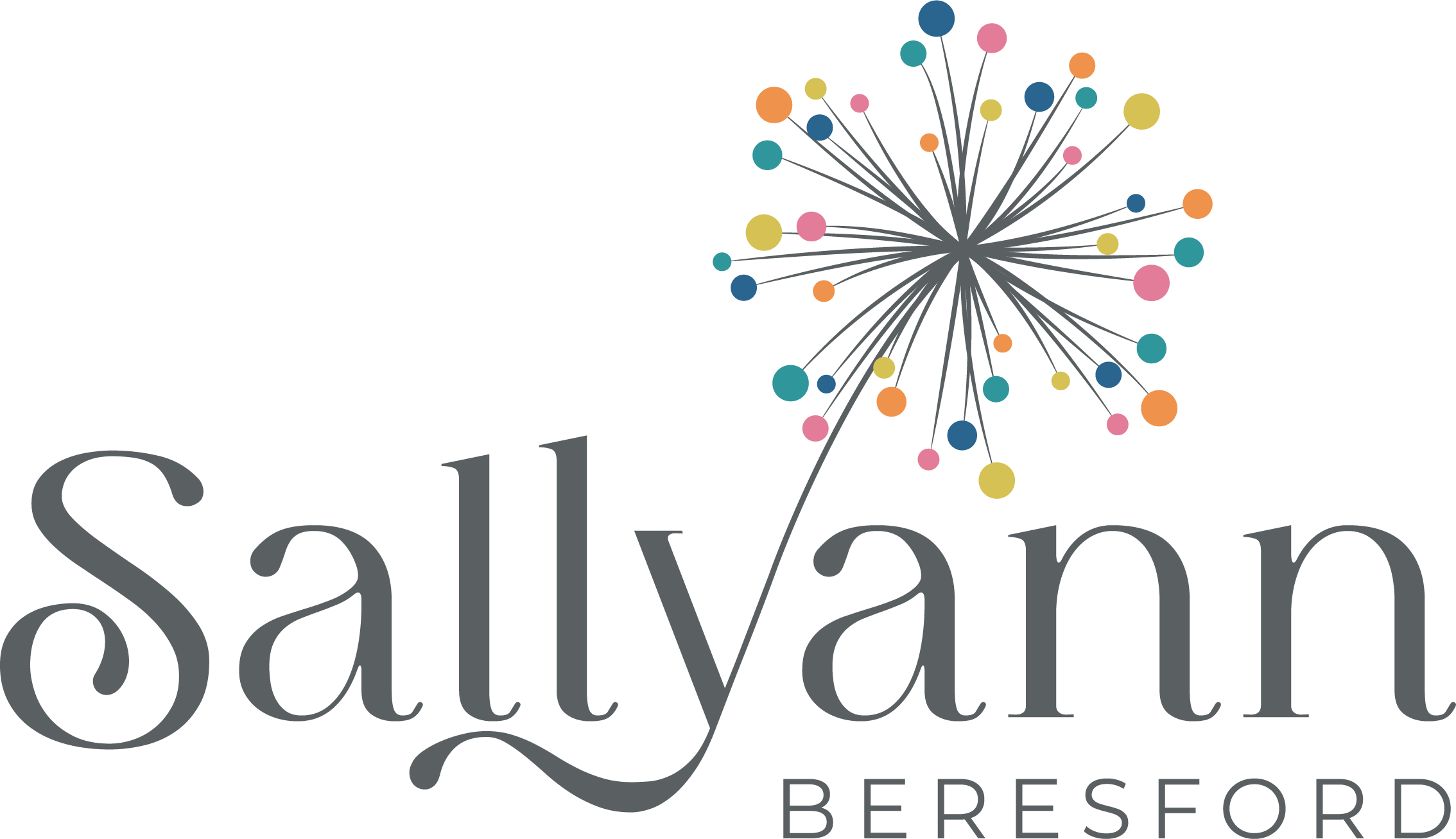
In the realm of maternity care, women’s intuition and instincts are often sidelined in favour of well-intentioned, but sometimes fear-based, interventions. Over the years, I’ve witnessed the impact that gaslighting can have on women during their pregnancy and birth journeys. But in my experience, I’ve also seen how a simple shift in approach – what I call greenlighting – can change everything. This is an approach I want to see implemented in maternity care moving forward, and one that I believe could be a game-changer for women and their birth experiences.
What is Gaslighting in Maternity Services?
Gaslighting in maternity services is a subtle, yet profoundly damaging practice where care providers manipulate a mother’s perceptions and experiences, causing her to doubt her own instincts. This can happen in a variety of ways, often under the guise of professional expertise. A care provider may dismiss a mother’s concerns, belittle her emotions, or question her knowledge of her body. For example, when a woman expresses unease about a particular medical procedure or the way her birth is being handled, a gaslighting approach might involve telling her she’s ‘overreacting’, ‘being too emotional’, or that she’s simply ‘not capable of understanding’ the risks or processes at play.
The problem with this approach is that it ignores the woman as the expert in her own body, her own experience, and her own baby. Gaslighting often stems from a fear-based practice – where care providers, acting out of their own anxiety or reliance on protocols, feel the need to assert their authority and control over the situation. As a result, the woman’s own intuition and understanding of her body are undermined, leaving her vulnerable, anxious, and disconnected from her birth experience.
If the woman is backed into a corner and she is made to feel fearful, this fear triggers the fight-or-flight response, putting her into survival mode. In this state, she is less able to protect her baby or make informed choices, as she is overwhelmed by anxiety and disconnected from her body’s wisdom.
The Importance of Instinct in Maternity Care
A mother’s instinct is an invaluable guide during pregnancy, birth, and postpartum. Women often have an innate understanding of what their bodies need and how to connect with their babies. This instinct is honed by years of experience and, in many cases, the deep connection between mother and child. However, fear-based practices, such as gaslighting, can shut down this instinct and replace it with doubt and confusion.
When fear dictates maternity care, decisions are often made with an emphasis on ‘safety’ at all costs. This approach, while well-meaning, can unintentionally remove the woman from her own decision-making process, reducing her to a passive recipient of care rather than an active participant in her birth journey. It suggests that she cannot be trusted to make the right choices, or that her concerns are less valid than the medical advice she’s being given.
What is Greenlighting in Maternity Services?
In contrast, greenlighting is an approach I would love to see implemented in maternity care as a way to empower women and support them in the most respectful and validating way possible. Greenlighting is the act of acknowledging and supporting a mother’s decisions, respecting her autonomy, and validating her instincts. It’s about giving her the freedom to make informed choices that align with her values, preferences, and emotional needs.
Greenlighting doesn’t mean that care providers abandon their professional expertise, but rather that they recognise the wisdom that the mother brings to the table. It’s about a partnership, where the care provider works with the mother – not against her. A greenlighting approach respects the balance between medical intervention and the woman’s own knowledge of what feels right for her body and baby.
Here’s a simple chart that I’ve developed to illustrate the difference between gaslighting and greenlighting in maternity services – something I believe should be part of the future conversation in maternity care:
| Gaslighting | Greenlighting |
| Dismisses a mother’s intuition and concerns | Respects a mother’s instincts and decisions |
| Diminishes her confidence in her own body | Empowers her to trust her body’s wisdom |
| Encourages fear-based decision-making | Supports informed, balanced decision-making |
| Prioritises protocols over the woman’s values | Prioritises the woman’s vision and experience |
| Assumes the woman cannot make her own choices | Acknowledges the woman as the expert in her own birth |
| Leaves the mother feeling disempowered and unheard | Encourages collaboration, trust, and partnership |
This chart, can help to clarify the stark contrast between these two approaches and offers a visual reminder that greenlighting is about putting trust in the woman as the ultimate expert in her birth.
Practical Examples of Greenlighting in Maternity Services
As I envision a future of maternity care that embraces greenlighting, I believe simple but profound tweaks to the way care providers interact with mothers can make a world of difference. Here are some examples of greenlighting questions that I would like to see more of in maternity services:
- ‘What additional information can I give you to make sure you feel well informed about this decision?’
This question respects the woman’s right to be fully involved in her care and ensures she feels confident in her choices.
- ‘How are you feeling about this option? Is there something that doesn’t sit right with you?’
This approach opens up space for the mother to voice any concerns and gives her the opportunity to make adjustments that align with her values.
- ‘What does your intuition tell you about this? How can I support you in following that feeling?’
By honouring a mother’s intuition, this question validates her inner wisdom and reinforces the idea that her instincts are valid and important.
- ‘How do you envision your birth, and how can I support you in making that happen?”
This invites the mother to share her vision for her birth experience and shows that her desires and values matter in the planning process.
These types of questions are small changes I believe can transform maternity care, ensuring women feel seen, heard, and respected throughout their journey.
It also enables them to develop trust in their care provider – so that if a time comes when medical support is advisable, they will know that it is being given with their and their baby’s best interests at heart.
The Greenlighting Shift: Empowering the Mother
Greenlighting helps women feel seen, heard, and respected. It fosters an environment where they can trust their bodies, make informed decisions, and feel confident in their choices. When greenlighting, a care provider might say, ‘I trust you and your body to guide this process’, or ‘This is your birth experience. You are the expert here’. These statements shift the power dynamic, allowing the mother to feel in control and empowered.
This approach also acknowledges the importance of emotional preparation for birth. As you may have seen if you are in the Discover Your North Star course, birth isn’t just about physical readiness; it’s about building confidence, clarity, and empowerment. Greenlighting supports this by offering emotional reassurance and validating the mother’s vision for her birth.
The Key Difference: Fear vs. Trust
The key difference between gaslighting and greenlighting lies in the underlying emotion that drives them: fear versus trust. Gaslighting comes from a place of fear – fear of the unknown, fear of what might happen if things don’t go according to plan, and fear of a mother’s instinct overriding medical protocol. Greenlighting, on the other hand, is rooted in trust. It trusts the mother’s knowledge, trusts her body’s wisdom, and trusts the process of birth.
When care providers work from a place of fear-based practice, they may inadvertently gaslight a mother into believing she doesn’t know what’s best for her and her baby. But when they work from a place of trust, they empower the mother to take control of her experience, making decisions that feel right for her. Greenlighting is about recognising the mother as the expert of her own body and birth journey, and supporting her every step of the way.
Conclusion
Gaslighting and greenlighting represent two vastly different approaches to maternity care. The former disempowers women by undermining their instincts, while the latter honours their autonomy and respects their expertise. As we continue to challenge the status quo in maternity services, I want to see more professionals embrace greenlighting – an approach that empowers women, builds trust, and honours their voice in the birth space.
Ultimately, when care providers shift from fear-based practices to greenlighting, they create an environment where mothers feel empowered, supported, and confident in their ability to navigate pregnancy and birth. This shift isn’t just about changing the way care is provided; it’s about changing the way the world views and treats pregnant women and new mothers. When we trust them as the experts, we open the door to more positive, fulfilling birth and life experiences for them and their children.
